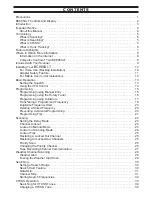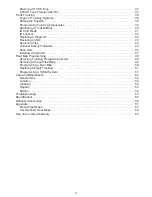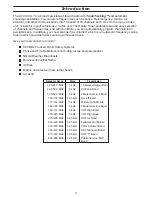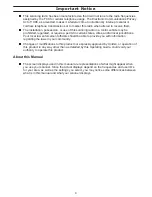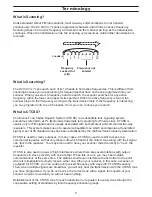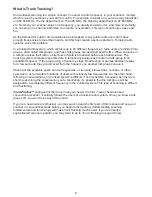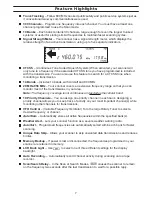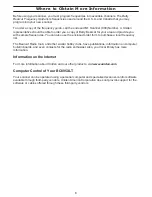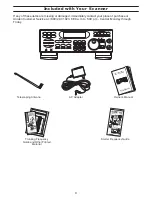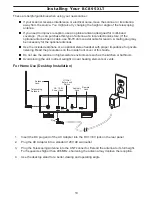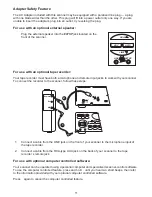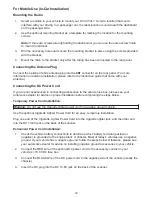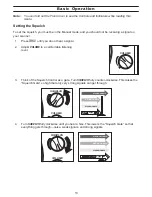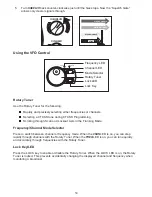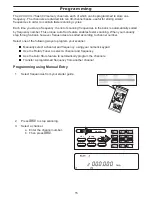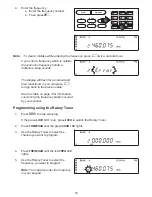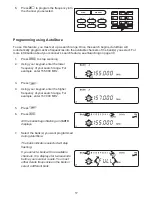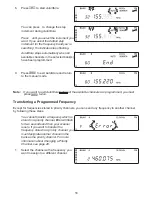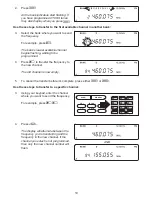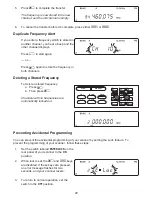
Terminology
What is Scanning?
Unlike standard AM or FM radio stations, most two-way communications do not transmit
continuously. The
BC895XLT
scans programmed channels until it finds an active frequency.
Scanning stops on an active frequency and remains on that channel as long as the transmission
continues. When the transmission ends, the scanning cycle resumes until another transmission is
received.
What is Searching?
The
BC895XLT
can search each of its 14 bands to find active frequencies. This is different from
scanning because you are searching for frequencies that have not been programmed into your
scanner. When you select a frequency band to search, the scanner searches for any active
frequency within the lower and upper limits specified. When an active frequency is found, the
scanner stops on that frequency as long as the transmission lasts. If the frequency is interesting,
you can program it into one of the banks. If not, you can continue your search.
What is CTCSS?
Continuous Tone Coded Squelch System (CTCSS) is a subaudible tone signaling system
sometimes referred to as
PL
(Motorola’s trademark term standing for
Private Line
). CTCSS is
usable only for FM signals and is usually associated with both amateur and commercial two-way
repeaters. This system makes use of a special subaudible tone which accompanies a transmitted
signal. A set of 38 standard tones has been established by the the Electronics Industry Association.
CTCSS is used for many purposes. In many cases, CTCSS is used to restrict access to a
commercial repeater, so that only those units which transmit the correct tone along with their signal
can “talk to the repeater.” You may also need to have your scanner coded correctly to “hear” the
repeater.
CTCSS is also used in areas of high interference where there are several stations with output
frequencies in close proximity with one another. When this occurs, you may hear multiple
communications at the same time. The stations could even interfere with each other to the point
where it is impossible to clearly receive either one. When your receiver, in this case a scanner, is
equipped for CTCSS, you can code each received frequency with a specific CTCSS frequency.
Then, when multiple signals are broadcast, you will only hear the transmission with the CTCSS tone
you have programmed. If you do not receive the correct tone with a signal, the squelch of your
scanner remains closed and you will not hear anything.
Establishment of the CTCSS tone for each transmitter (or repeater) is usually done through the
cooperative setting of standards by local frequency allocation groups.
1
3 4 5
9 10
2
6 7 8
CHANNELS
Frequency not
entered
Frequency
Locked Out
(L/O)
SCAN
5

